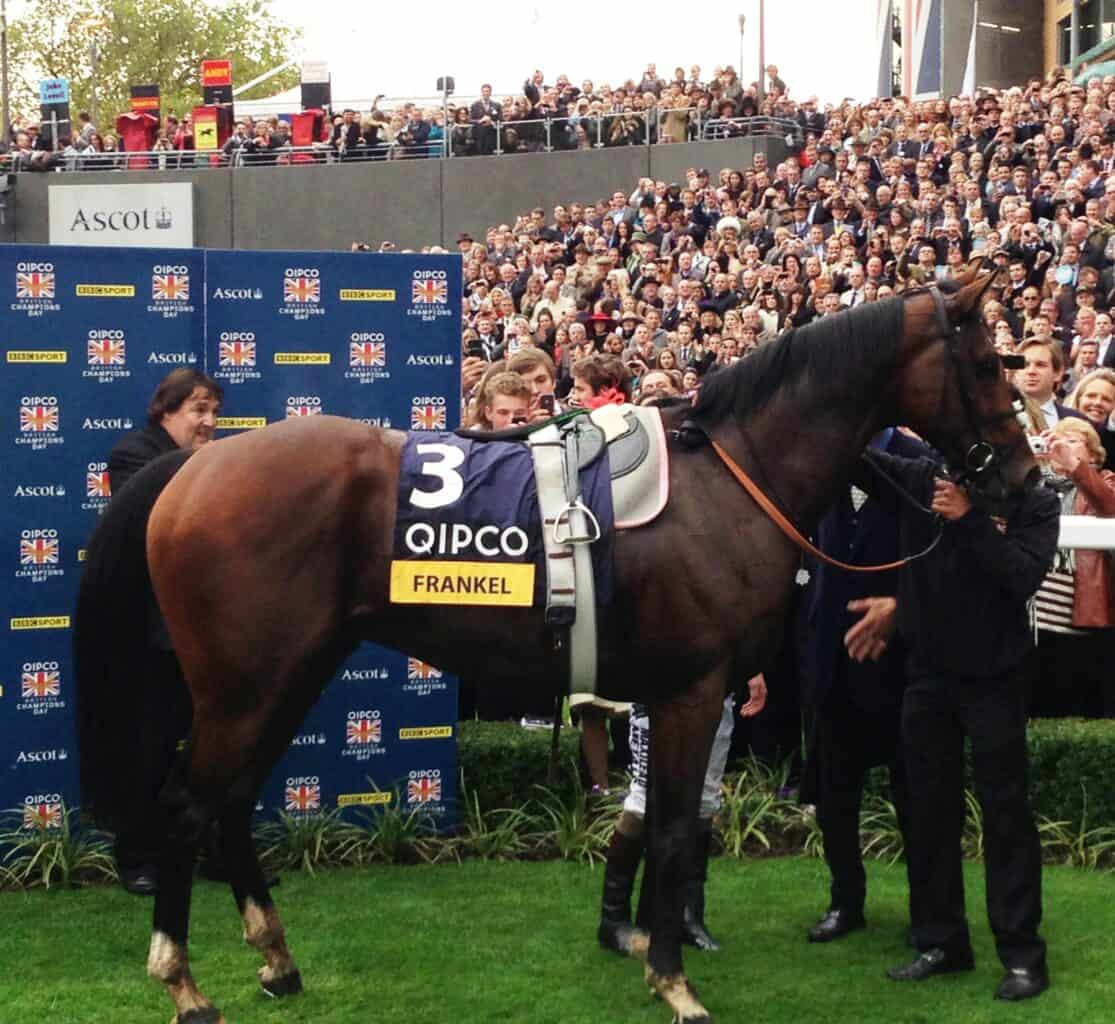Throughout history, certain racehorses have transcended their sport to become legends, capturing the hearts of millions with their extraordinary speed, resilience, and unforgettable stories. These equine athletes have broken records, overcome impossible odds, and become cultural icons whose legacies endure decades after their final races. From humble beginnings to unimaginable glory, the tales of these magnificent creatures continue to inspire and captivate us. This article explores some of the most celebrated racehorses in history, delving into the remarkable stories that made them immortal in the annals of horse racing.
Secretariat: The Horse That Ran Into History

No discussion of legendary racehorses can begin without Secretariat, the bright chestnut colt whose 1973 Triple Crown victory remains one of the most spectacular athletic achievements in history. Born at Meadow Stable in Virginia, Secretariat – affectionately nicknamed “Big Red” – possessed physical attributes that set him apart: an unusually large heart (later estimated to be 2.5 times larger than average), perfect conformation, and a stride measuring 24 feet at full gallop. His Triple Crown campaign culminated in a performance at the Belmont Stakes that defies belief even decades later – winning by an astounding 31 lengths and setting a 1½-mile record of 2:24 flat that stands unbroken today. What makes Secretariat’s story particularly compelling was his transformation from a somewhat awkward two-year-old to a physical specimen so dominant that sportswriters of the era compared him to Muhammad Ali and Michael Jordan in terms of athletic supremacy. His legacy continues through his daughters, who became exceptional broodmares, influencing thoroughbred bloodlines worldwide.
Seabiscuit: The Underdog Who Inspired America
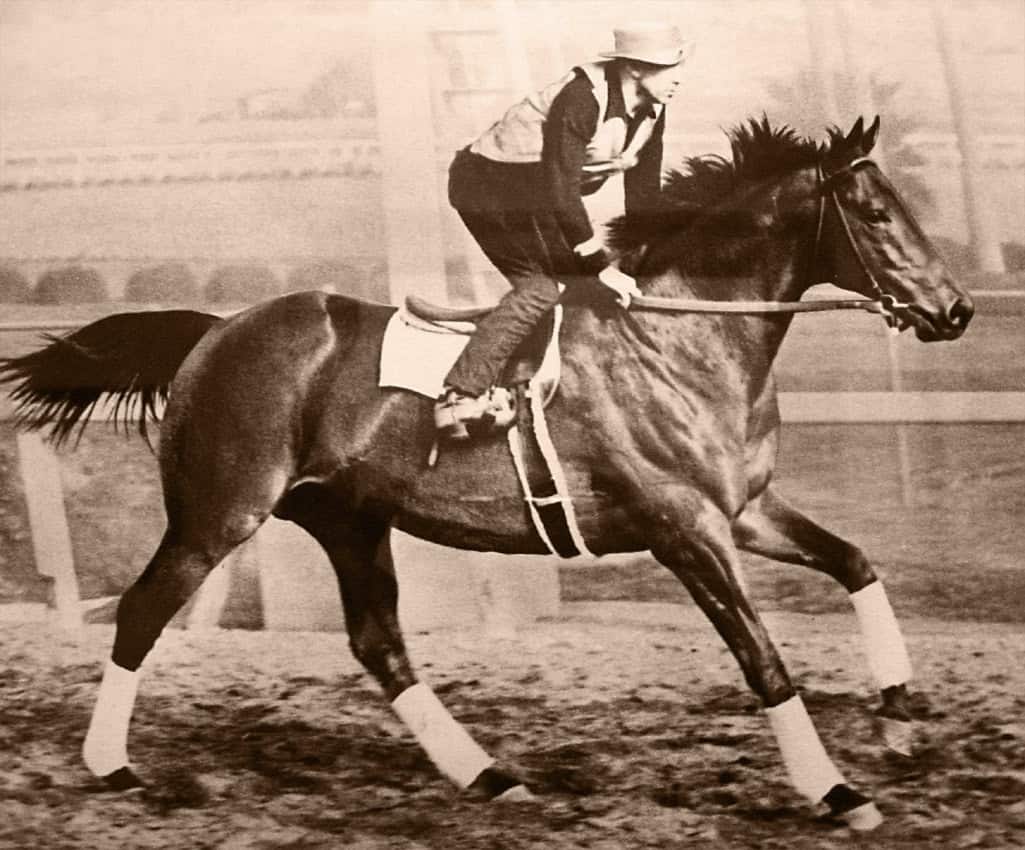
During the Great Depression, when Americans desperately needed a symbol of hope, an unlikely hero emerged in Seabiscuit. Small, knobby-kneed, and initially dismissed as worthless, Seabiscuit became the perfect embodiment of the American underdog. Under the guidance of trainer Tom Smith, owner Charles Howard, and jockey Red Pollard (himself an underdog with partial blindness in one eye), Seabiscuit transformed from a lackluster performer into one of the most celebrated racehorses of the 20th century. His 1938 match race against Triple Crown winner War Admiral became the most anticipated sporting event of its time, drawing an estimated radio audience of 40 million Americans. Despite starting as the underdog, Seabiscuit led from the beginning and won convincingly, cementing his status as a national icon. What made Seabiscuit’s story particularly remarkable was not just his racing success but how he united a struggling nation during one of its darkest economic periods, providing inspiration that transcended the sport itself.
Man o’ War: The Original “Big Red”
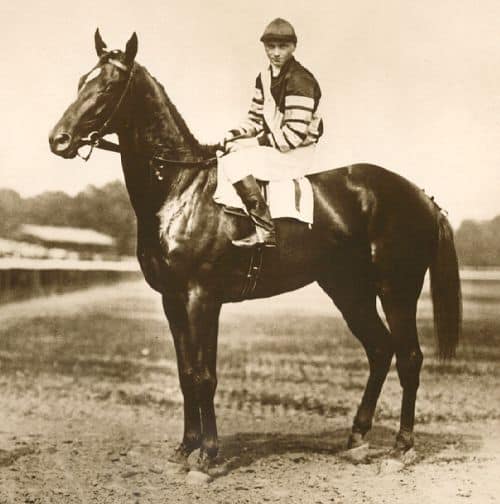
Often regarded as the greatest American racehorse of all time, Man o’ War dominated racing in the early 20th century with a combination of speed, power, and presence that earned him the nickname “Big Red” (later shared with Secretariat). Racing from 1919 to 1920, Man o’ War won 20 of his 21 starts, with his only defeat coming in a race called the Sanford Memorial, where he was facing the wrong direction when the barrier was raised. What distinguishes Man o’ War’s career was not just his winning percentage but the manner of his victories – he frequently won by enormous margins while setting multiple track records, often carrying significantly more weight than his competitors as a handicap. After retirement, Man o’ War became an influential sire, producing more than 60 stakes winners and establishing a bloodline that continues to influence thoroughbred breeding today. Perhaps most remarkably, Man o’ War’s funeral in 1947 was broadcast on national radio, with thousands of mourners attending – a testament to how deeply this magnificent horse had embedded himself in American culture and history.
Phar Lap: Australia’s National Hero
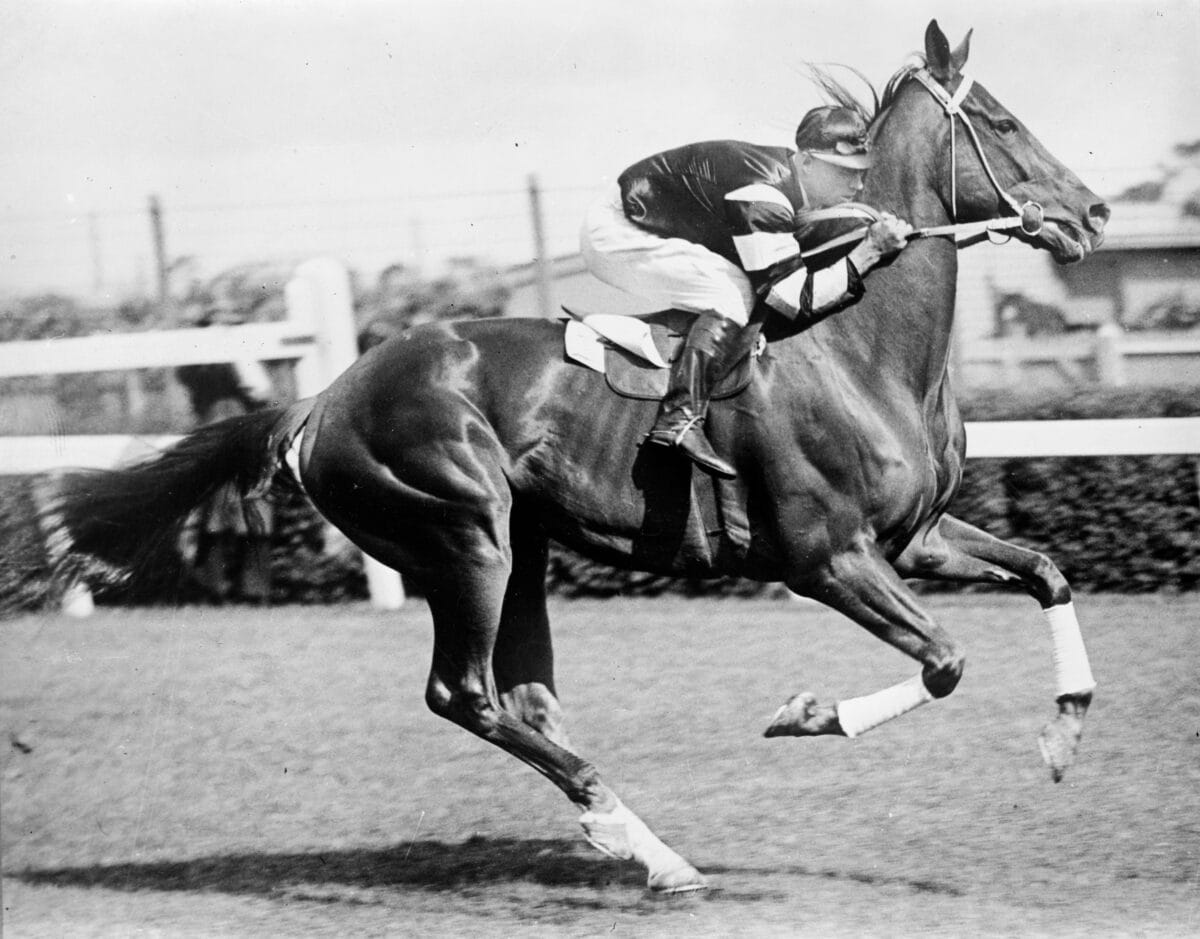
Few horses have captured a nation’s imagination like Phar Lap did for Australia during the early years of the Great Depression. The striking chestnut gelding, whose name derived from the Thai word for “lightning,” became a symbol of hope for Australians struggling through economic hardship. Standing over 17 hands high with a massive stride, Phar Lap dominated Australian racing from 1929 to 1932, winning 37 of his final 41 races. His most celebrated victory came in the 1930 Melbourne Cup, where despite carrying the top weight of 62.5 kg (138 lbs), he won confidently as the shortest-priced favorite in the race’s history. The public’s adoration of Phar Lap was so intense that there were multiple attempts to harm him, including a shooting incident before the 1930 Melbourne Cup. His mysterious death in California in 1932, later attributed to arsenic poisoning, sparked national mourning in Australia and continues to fuel speculation today. Phar Lap’s preserved hide remains on display at the Melbourne Museum, his skeleton at Te Papa Museum in New Zealand, and his enormous heart at the National Museum of Australia – physical remnants of a horse who became much more than a champion racer but a national icon during difficult times.
Citation: The First Million-Dollar Horse
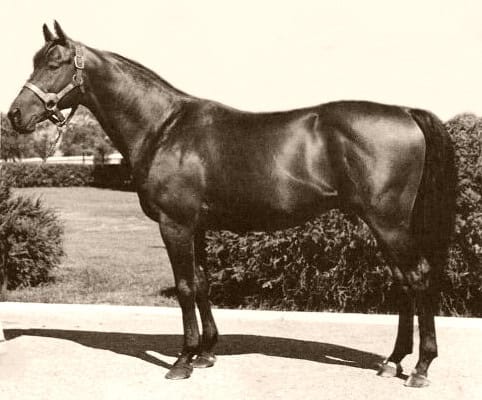
In an era when horse racing represented the pinnacle of American sport, Citation emerged as one of the most accomplished thoroughbreds in history. Part of the famed Calumet Farm stable, this bay colt became the first horse to earn more than $1 million in purse money, a staggering sum in the 1940s. Citation’s 1948 Triple Crown campaign was among the most dominant ever witnessed, as he won the Kentucky Derby by 3½ lengths, the Preakness Stakes by 5½ lengths, and the Belmont Stakes by 8 lengths. Most remarkably, Citation achieved a winning streak of 16 consecutive races, with many victories coming under crushing weight assignments. What made Citation unique among his contemporaries was his versatility – he could win on any track condition, at any distance, while setting or equaling eight track records. After an injury forced him to miss his four-year-old season, Citation returned to racing at age five, eventually securing his millionaire status by winning the Hollywood Gold Cup in his final race. His combination of speed, stamina, and durability established a new standard for racing excellence that would influence generations of thoroughbred breeding and training.
Arkle: Ireland’s Greatest Steeplechaser
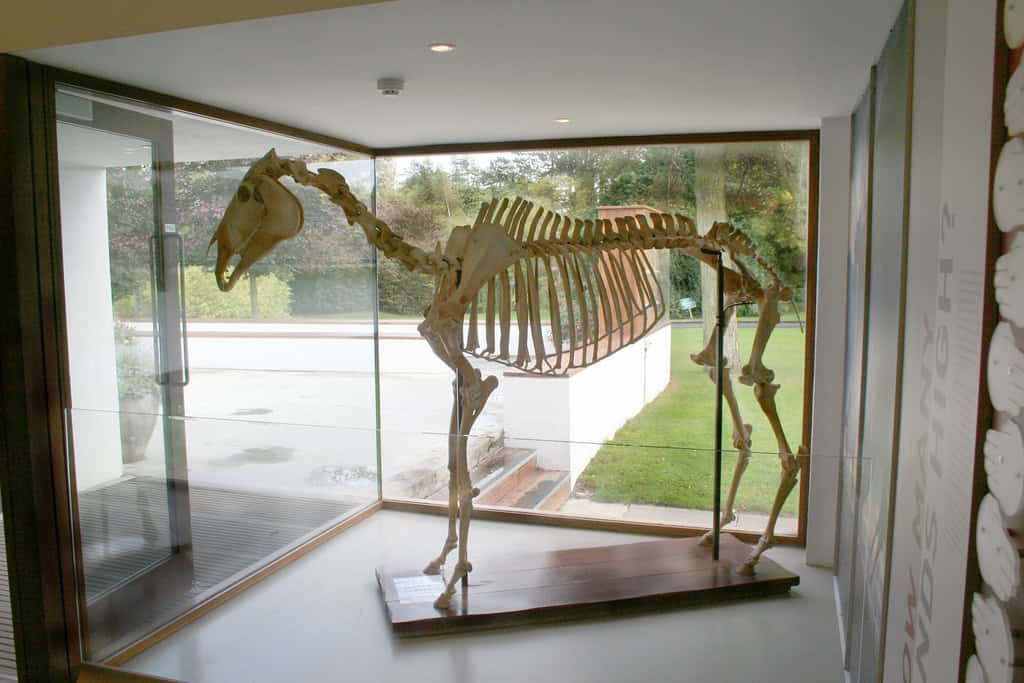
While flat racing produces many celebrated champions, the world of steeplechasing has its own legends, with none greater than Arkle. Racing in the 1960s, this Irish-bred, bay gelding achieved a level of dominance in jump racing that remains unmatched. Arkle won three consecutive Cheltenham Gold Cups (1964-1966), prompting handicappers to create a separate weight system just for races in which he competed – essentially acknowledging that no other horse could compete with him on equal terms. His Timeform rating of 212 remains the highest ever awarded to a steeplechaser, reflecting his unprecedented superiority. What made Arkle’s achievements particularly remarkable was the extraordinary physical and mental demands of steeplechase racing, which requires horses to navigate large obstacles at high speeds over distances typically exceeding three miles. Beyond his racing prowess, Arkle became a cultural phenomenon in Ireland – a country where the horse holds special significance – with stories of his daily pint of Guinness and fan mail addressed simply to “Arkle, Ireland” finding its way to him. When he suffered a career-ending injury in 1966, it was treated as a national tragedy in Ireland, cementing his status as not just a sporting icon but a national treasure.
Zenyatta: The Queen of Racing
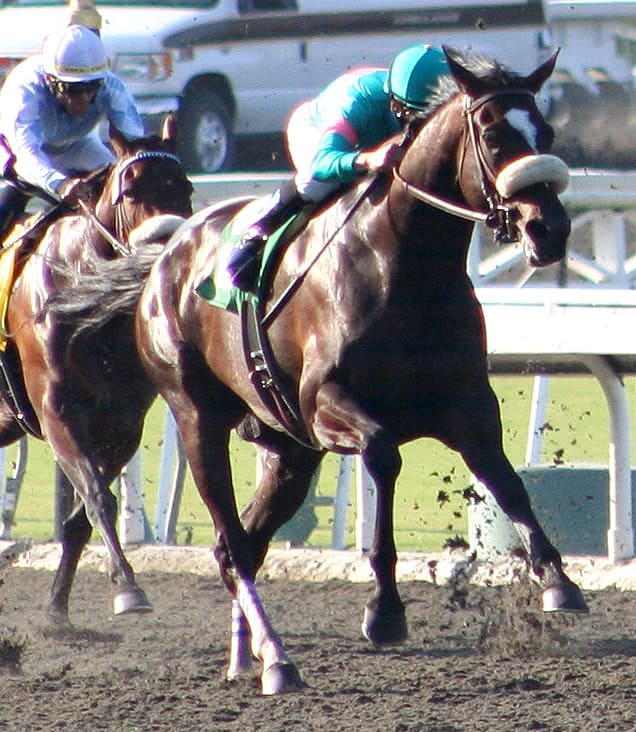
In the modern era of horse racing, few horses have captured the public imagination like Zenyatta, the imposing dark bay mare who dominated American racing from 2007 to 2010. Standing 17.2 hands tall with an unusual running style that saw her trailing the field before unleashing a devastating late charge, Zenyatta won her first 19 races consecutively – a modern record for top-level competition. Her most significant victory came in the 2009 Breeders’ Cup Classic, when she became the first female horse to defeat males in North America’s richest race. What distinguished Zenyatta from many champions was her distinctive personality – she developed a pre-race “dance” that delighted fans, seemed to play to the crowd, and displayed an unusual level of awareness of her surroundings. Her connection with jockey Mike Smith became legendary, with Smith often claiming she knew exactly where the finish line was and calculated her runs accordingly. Zenyatta’s popularity transcended racing, earning her features in mainstream publications like Vogue and O Magazine and helping her win the 2010 ESPY Award for Best Female Athlete – the first time a non-human athlete received this honor. Even in her only defeat – a heartbreakingly close second in her final race – Zenyatta demonstrated the heart of a champion, nearly overcoming a poor start to almost catch the winner at the wire.
Frankel: The Perfect Racehorse

Named after legendary American trainer Bobby Frankel, this British thoroughbred achieved something almost unheard of in modern racing – perfection. Frankel retired in 2012 with an unblemished record of 14 wins from 14 starts, never tasting defeat and rarely being seriously challenged. What separates Frankel from other undefeated horses was the quality of his performances – he received a Timeform rating of 147, the highest in the organization’s history, suggesting he may have been the best racehorse ever. His most astonishing performance came in the 2000 Guineas at Newmarket, where he demolished a high-class field by establishing an enormous early lead that left commentators and spectators in disbelief. Frankel’s story gained emotional depth through his connection with his trainer, Sir Henry Cecil, who battled cancer throughout much of Frankel’s career. Cecil, one of racing’s greatest trainers who had fallen on hard times before Frankel came along, often spoke of how the horse gave him purpose during his illness. The partnership between the ailing trainer and his superstar horse became one of racing’s most poignant narratives, culminating in Frankel’s final race at Ascot in 2012, which Cecil – visibly weakened by his disease – was able to attend before his death the following year. Frankel now stands as one of the world’s most valuable stallions, passing his extraordinary genes to a new generation of potential champions.
Red Rum: The Grand National Legend
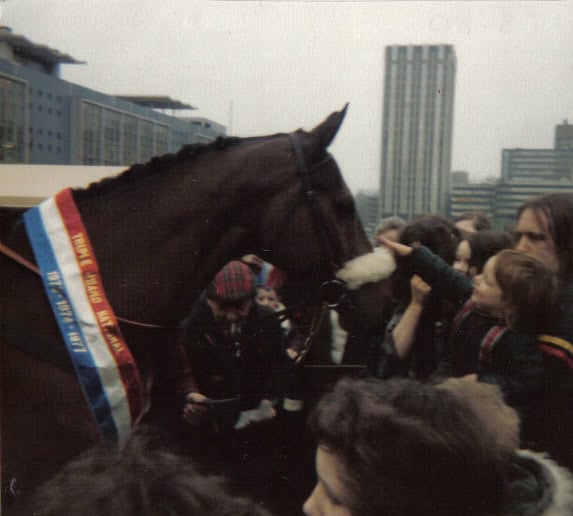
No horse has conquered the grueling Grand National steeplechase at Aintree like Red Rum, whose accomplishments over the famously demanding course seem almost mythical. Between 1973 and 1977, Red Rum won the Grand National three times and finished second twice – a record of consistency over the world’s most challenging steeplechase course that defies belief. What makes his story even more remarkable was his comeback from what should have been a career-ending condition – he suffered from pedal osteitis, a painful, degenerative bone disease in his hoof. Trainer Ginger McCain’s unconventional training method of exercising Red Rum on the beaches of Southport, where the salt water and sand apparently helped his condition, became a central part of the horse’s legend. Red Rum’s popularity in Britain extended far beyond racing enthusiasts – he opened supermarkets, appeared on television, and even led the Grand National parade for many years after his retirement. When he died in 1995 at the age of 30, he was buried by the winning post at Aintree with his head facing toward the finishing line – an honor befitting a horse who became a national institution and whose name remains synonymous with the world’s greatest steeplechase.
Kincsem: The Undefeated Hungarian Wonder
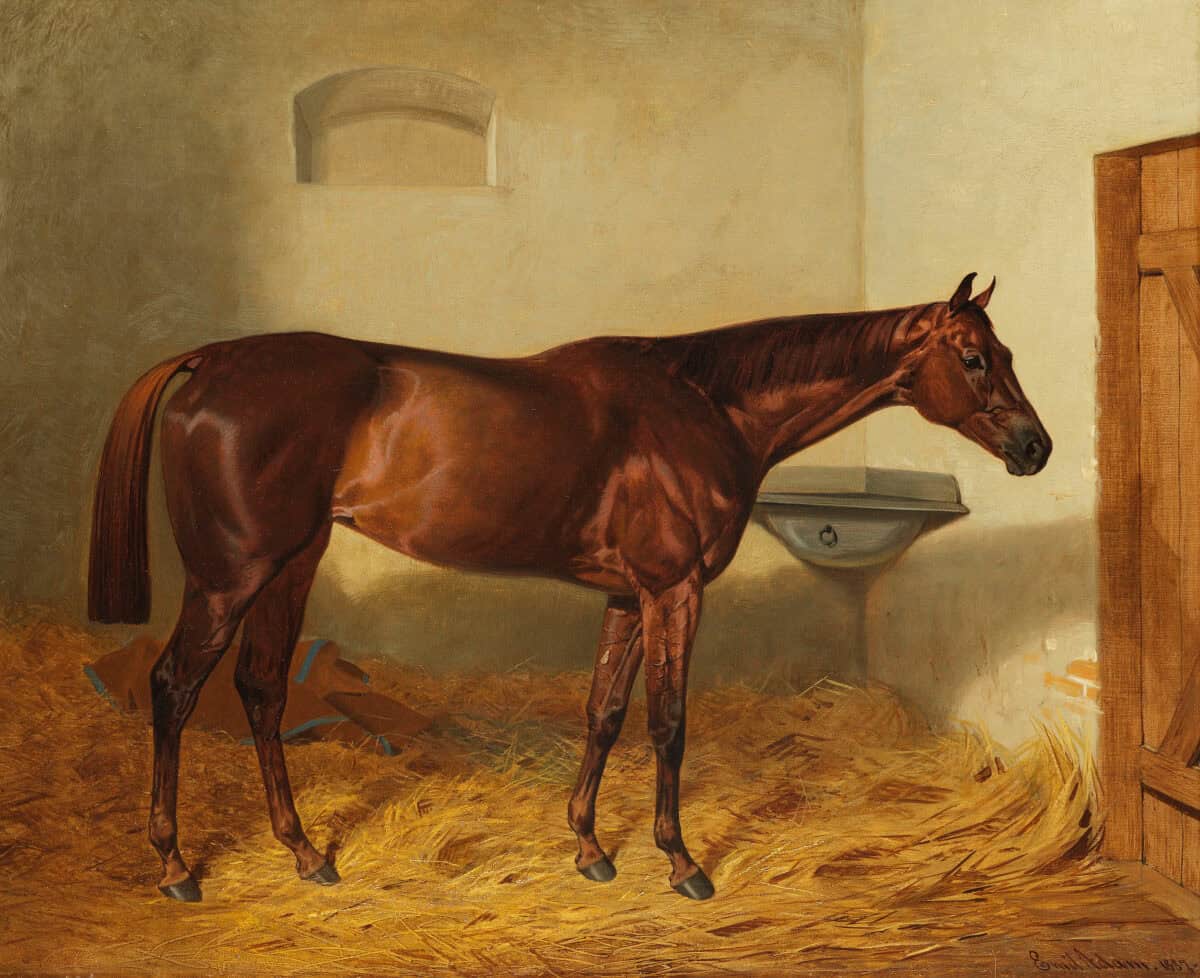
Perhaps the most remarkable undefeated record in horse racing history belongs to Kincsem, a Hungarian mare who raced across Europe in the 1870s. Her statistics defy belief – 54 starts and 54 wins across five countries against both male and female competitors. Born in Hungary in 1874, her name translates to “My Treasure,” an apt description for a horse whose value proved immeasurable. What makes Kincsem’s record particularly impressive was the challenging nature of European racing in the 19th century – she traveled by train and boat to different countries, raced on varying surfaces and distances, and competed against the best horses of her era. Her peculiarities added to her legend – she reportedly refused to eat unless her stable cat was nearby, and she developed specific preferences for certain horse blankets and drinking water. Despite being described as an unimpressive physical specimen with poor conformation, Kincsem’s competitive spirit and remarkable constitution enabled her to overcome these limitations. After her racing career, she became a successful broodmare, producing offspring that would influence European breeding lines for generations. In Hungary, she remains a national icon, with a park, museum, and racetrack named in her honor – fitting tributes to a mare whose perfect record stands unmatched nearly 150 years after her final race.
Kelso: The Five-Time Horse of the Year
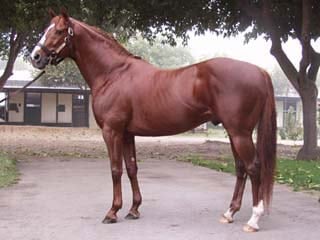
Few horses have maintained excellence over multiple seasons like Kelso, the gelding who dominated American racing for an unprecedented five consecutive years. From 1960 to 1964, Kelso was named American Horse of the Year every year – a record that stands unmatched in racing history. Dismissed early in his career as being too small and lacking potential, Kelso developed into one of history’s most durable and consistent champions. Racing until age nine, he accumulated 39 wins from 63 starts, frequently carrying crushing weight assignments that would handicap modern champions. What made Kelso particularly remarkable was his versatility – he excelled on dirt and turf, in sprints and marathon races, setting track records at distances from 1 mile to 2 miles. His toughness became legendary; after winning the 1964 Washington D.C. International against a world-class field on turf – a surface on which he had limited experience – his jockey Ismael Valenzuela simply stated: “Kelso is not a horse, he is a way of life.” Despite never competing in the Triple Crown races (his talent developed later), Kelso accumulated achievements that surpassed most Triple Crown winners, earning him recognition from the Blood-Horse magazine as the fourth-greatest American racehorse of the 20th century. After his retirement in 1966, Kelso enjoyed an active retirement as a show jumper and parade horse until his death at age 26, beloved by fans who appreciated both his remarkable achievements and his indomitable spirit.
Black Caviar: Australia’s Sprint Queen

In the modern era of international racing, Black Caviar emerged as perhaps the greatest sprinter ever seen on a racetrack. This Australian mare compiled a perfect record of 25 wins from 25 starts between 2009 and 2013, demonstrating a level of dominance in sprint races that left observers searching for superlatives. Her combination of explosive acceleration and sustained speed enabled her to win 15 Group 1 races, often easing down near the finish line with races already decisively won. Black Caviar’s international reputation grew to such an extent that in 2012, she was transported to England for the Diamond Jubilee Stakes at Royal Ascot – a journey of more than 10,000 miles. Despite suffering muscle tears during this race, she still managed to win, demonstrating extraordinary courage to complement her talent. What made Black Caviar particularly special was her popularity beyond racing circles – in Australia, she became a mainstream celebrity who drew record crowds to racetracks and inspired merchandise ranging from wine to salmon. Her final race in April 2013 drew over 25,000 spectators to witness her 25th consecutive victory. Upon her retirement, Black Caviar had accumulated nearly $8 million in prize money and was rated the best sprinter in the world for three consecutive years. Her legacy continues through her offspring, with her first foal, Oscietra, winning on debut and creating excitement about the continuation of an extraordinary genetic line.
The stories of these remarkable equine athletes demonstrate why horse racing has been called “the sport of kings” for centuries. Each legendary racehorse represents more than just athletic achievement – they embody qualities that resonate deeply with the human experience: perseverance, courage, excellence, and the mysterious bond between humans and horses. Their legacies continue through their bloodlines, with descendants carrying their genetic gifts to new generations of racehorses.
- Famous Racehorses in History and Their Incredible Stories - August 13, 2025
- 10 Animal Myths You’ve Believed for Years—But They’re Completely False - August 13, 2025
- Penguins Propose With Pebbles - August 13, 2025

